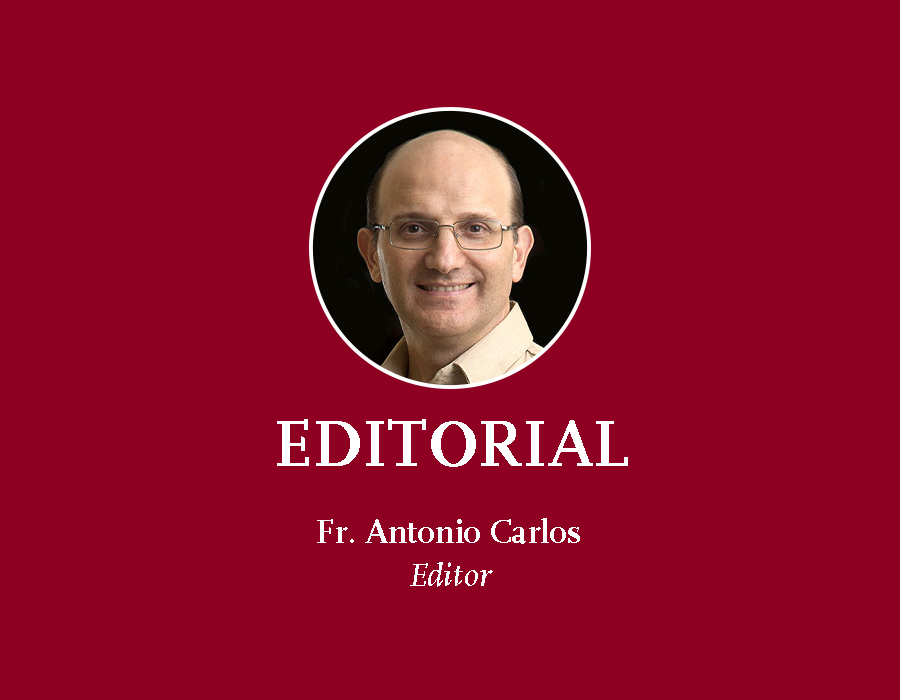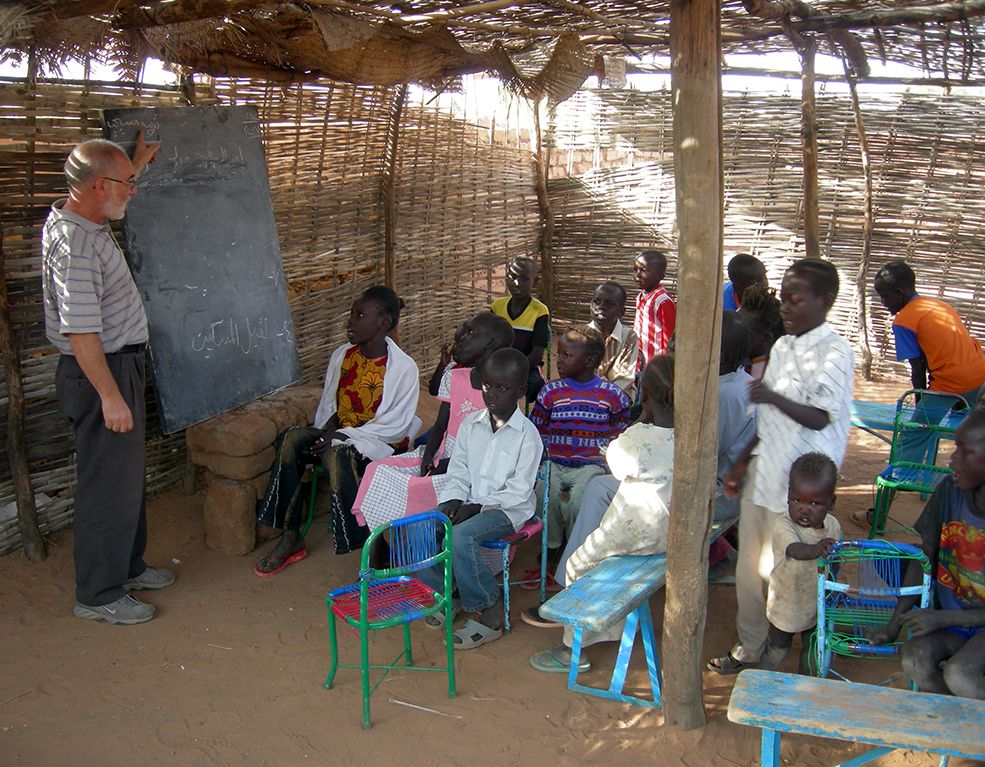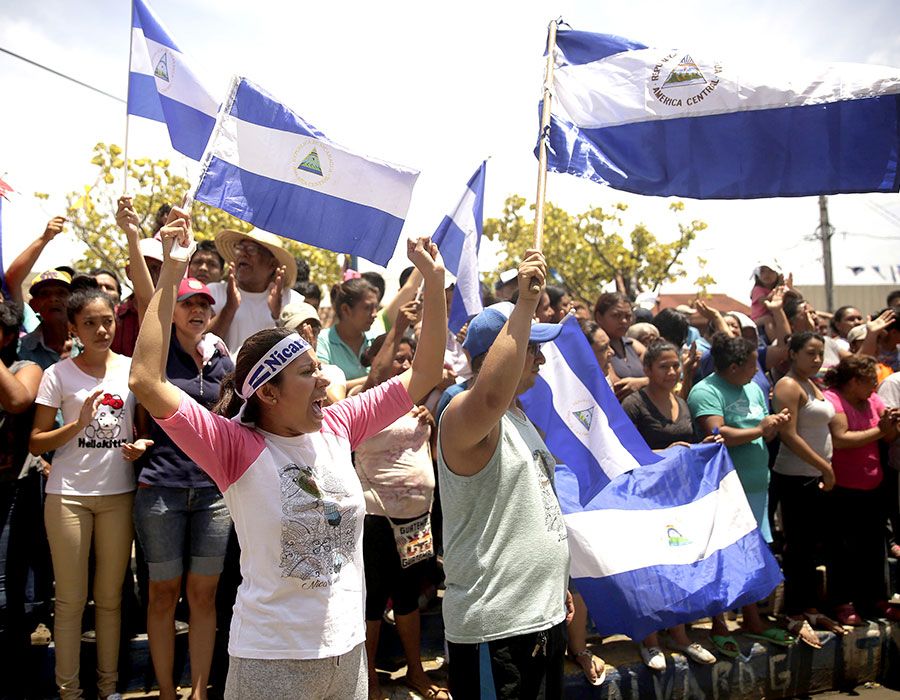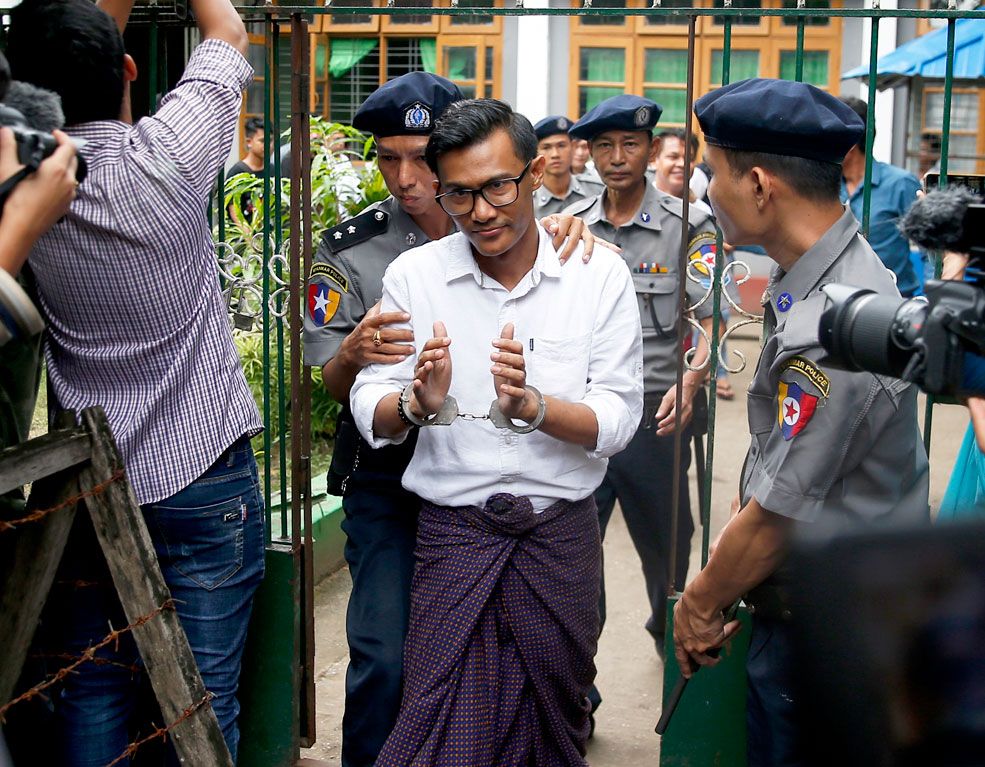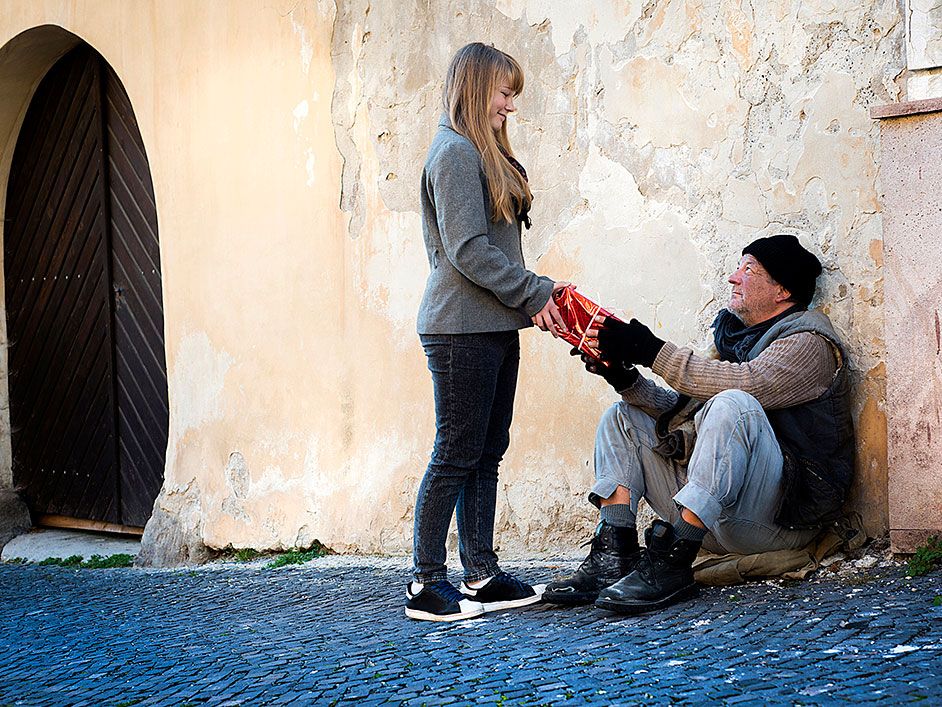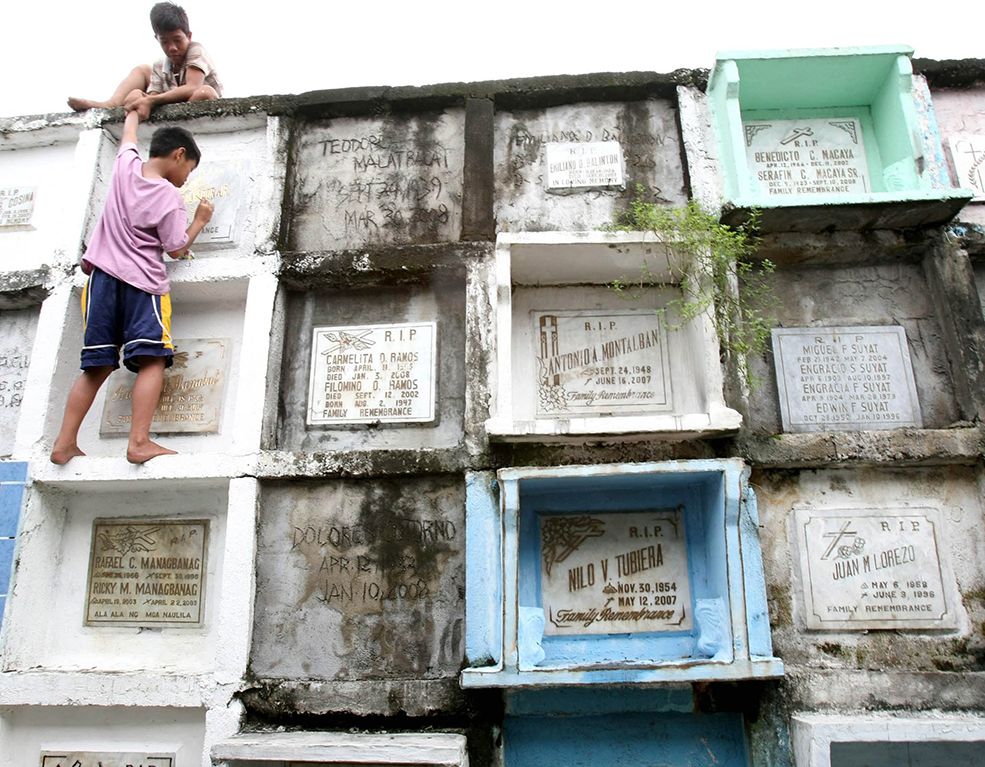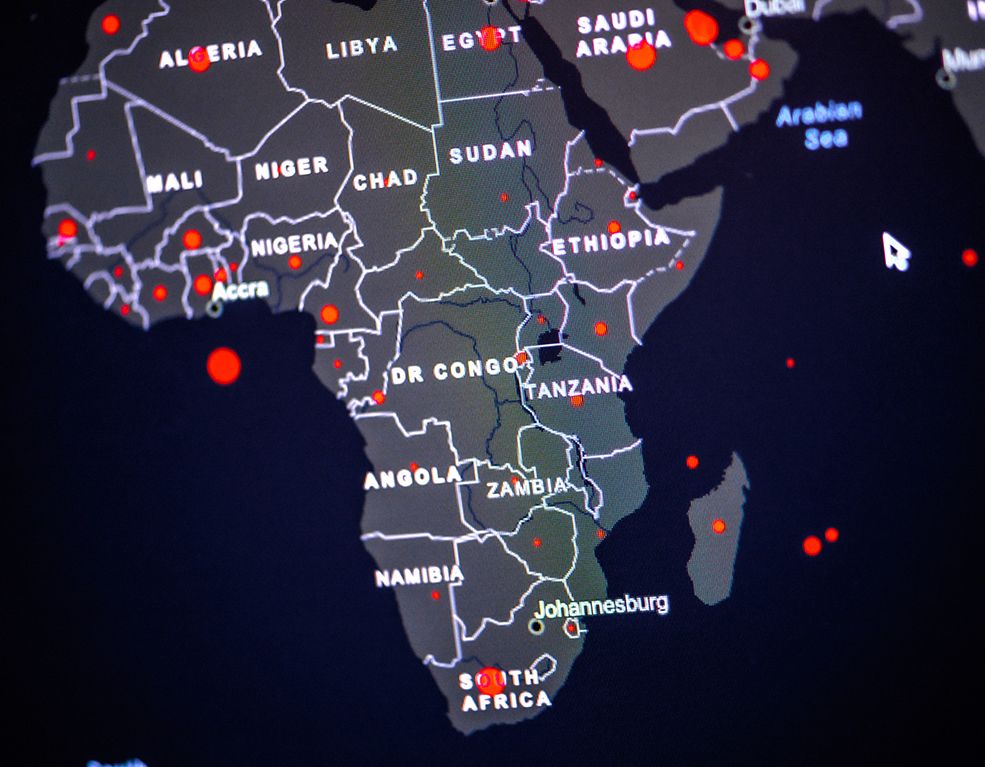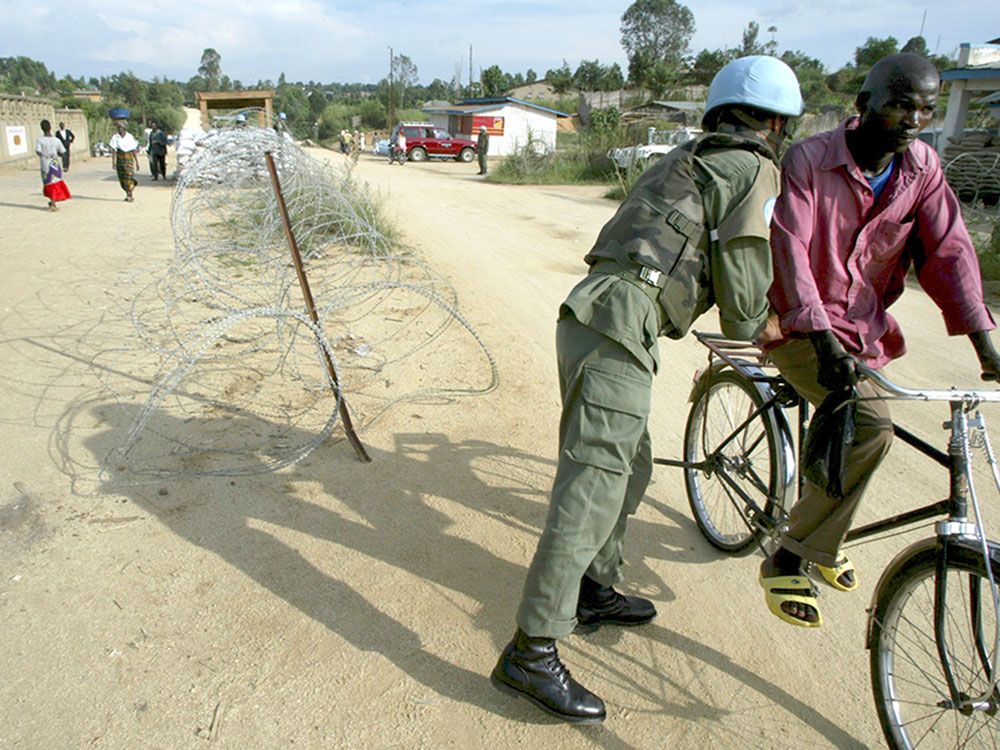Not long ago, I was at the movie theater watching the newly-released film “The Best Exotic Marigold Hotel,” an amusing story of older British retirees who ventured off to India to escape the doldrums of retirement. I was thinking, how in all of my travels, I had never been to India; something I was going to remedy. As soon as the movie ended, I headed for the nearest cafe, ordered a coffee, plugged in my computer and bought a ticket to New Delhi.
At that time, I was volunteering at an indigent dental clinic in Gainesville, Florida, called Acorn Clinic. I am a retired dentist and have volunteered at Acorn for many years. Growing up Catholic, I had been influenced by the likes of Albert Schweitzer and Dorothy Day. I was called to serve the less fortunate, and America, certainly, has its share of homelessness, drug addictions, mental health issues and economic distress.
The morning after my purchase of the New Delhi ticket, I was seeing a patient from a nearby Krishna community. The neighboring community of Alachua has one of the largest Krishna communities in North America. The Krishna community frequently utilized Acorn Dental Clinic and, for years, I had been taking care of the Krishna residents. I told the patient that I was going to India. His eyes lit up and he said, “Oh Dr. Herod, you must go to Vrindavan.” I had never heard of Vrindavan and he explained that this was the “Krishna Jerusalem.”
When I travel, I like to find communities where I can volunteer and care for some of the local poor. India has its share of poor and I was informed that there was a Hindu hospital near Vrindavan that served the poor. The Alachua Hare Krishna Temple president arranged for me to work in the oral surgery clinic while I was there. I planned on spending six weeks in Vrindavan.
Filial Closeness
While I had never been to India, I did have some connection with it. Many years back, I was asked by the Catholic Medical Missions Board to go to Kingston, Jamaica and take care of a dental mission clinic there. I was at the place for a couple of months and, during, that time, I was introduced to Father Richard Ho Lung, the founder of the Missionaries of the Poor (MOP).
Over the years, I have had the opportunity to serve with the MOP in Jamaica, the Philippines and at their U.S.A. mission in Monroe, North Carolina. On one occasion, Father Ho Lung asked if I could help support their India mission in Andhra Pradesh. The Missionaries of the Poor were building an orphanage for children with HIV/AIDS and I was happy to become involved with this project. I remember when I told Father that I was going to India. He told me I should visit the new orphanage in Andhra Pradesh. I gently explained that I was familiar with working with my MOP brothers and that I didn’t want to miss the opportunity to live in a Krishna ashram and work with the poor in their community.
Being One with the People
I arrived in New Dehli, greatly jet lagged and I headed for the train station. I bought a ticket for Mathura, the closest town to Vrindavan by rail. While riding to Mathura, I was thinking about a statement once attributed to Dr. Schweitzer. When asked why he, one of the most famous doctors in the world, rode second class, he responded “because there isn’t a third class.”
After perhaps an hour, I arrived in Mathura. When I got off the train, I was amazed at the number of people sleeping on the station platform. There were mostly families with little children, who wore ragged clothing, no shoes and were very hungry. After the train pulled out of the station, many people walked down the tracks and squatted. The rails were their toilet. All of this was heart-wrenching.
Since I was not expected in Vrindavan until the next day and I was very tired, I asked a rickshaw driver to take me to a nearby hotel. There were wild monkeys running up and down the hotel hallways. I was, however, quite happy to have a bed and I slept soundly until the next morning. After a light breakfast, I hired a tuk-tuk to drive me to Vrindavan and the Krishna ashram. Most of the ashram residents appeared to be upper middle class Caucasians.
Vrindavan has an ancient past associated with Hindu history and is an important Hindu pilgrimage site. Virndavan is the site where, according to Hinduism, Lord Krishna spent his childhood days. The town is about 10 kms from Mathura, Krishna’s birthplace. The town hosts many temples dedicated to the worship of Radha and Krishna and is considered sacred by Vaishnavism.
The majority of pilgrims I encountered were there to visit the founding of the Hare Krishna movement. The Hare Krishna Temple and places where A.C. Bhaktivendanta Swami Prabhupada lived and wrote are major pilgrimage sites for Krishna followers. In 1965, at the age of 69, Prabhupada left the holy land of Vrindavan to spread Krishna’s message in the West on the order of his spiritual adviser. He arrived in Boston by freight ship carrying $7 in change and a trunk of books about Krishna.
Probhupada gave lectures on the Bhagavad-Gita. He found the 1960s American youth protesting the Vietnam war and enthralled with the Beatles and free love. They were ripe for his message from the East. The Gita is a 700-verse of Hindu scripture. It is set in a narrative framework of a dialogue between Pandava Prince Arjuna and his guide and charioteer Lord Krishna. It is believed that the Gita came into existence in the third or forth millennium B.C. It was not long before Prabhupada had a multitude of followers in their flowing robes banging tambourines and drums, dancing and chanting.
During my stay at the ashram, I was the only non-Krishna visitor. I was met with curiosity but, in general, I was well-received. I was invited to the Krishna temple for prayers and services. On occasion, I joined groups on tours of the historical sites. I would also dine with the Krishna brothers and attend evening lectures. At meals, we would sit on a mat and we each had a plate.
In the morning after prayers and breakfast, I would flag down a tuk-tuk and head to the hospital. The hospital was newly constructed and when I arrived, there would always be a small group of patients in the reception area. The dental clinic was well-equipped compared to most Third World facilities I have worked in.
The Ascetic Sadhus
Most of the patients waiting to see me were sadhus. They are ascetics who have renounced caste, social position, money, authority and they have a special place in Hindu society. As one who seeks the universal soul in order to be absorbed in it, the sadhu is set apart from the orthodox priesthood as renunciation is considered superior to the rituals of the priest. The sadhu usually wears on his forehead three lines drawn in ash or sandalwood paste. Depending on the sect, they may decorate their bodies with various lines, markings or cover their entire torsos with ashes. They are often barefooted and their hair and beards are uncut and matted. When I encountered the sadhu, I was often reminded of St. Francis.
After a day in the clinic, I would head back to the ashram for a brief shower and nap. Before dinner, I had time for a walk along the main road through Vrindavan. It was an adventure for my senses. There was congested traffic. I found most sympathy with the rickshaw drivers. Despite their very hard work, India’s existing rickshaw drivers cannot break free from the cycle of poverty which they and their families are trapped in.
Lining the street will be many vendors and small shopkeepers. It seemed to me that the busiest enterprise was the tea vendor. In India, like in most parts of the world, people enjoy gathering with strangers and friends over a cup of tea and a plate of sugary cookies. There was usually a sadhu or poor beggar looking for a sweet or perhaps a cup of tea.
The Crippled Boy
Usually around this time, I would feel a slight tug at my pant leg and see a little outstretched hand of a small boy. This particular boy could not speak English and was about five or maybe six years old. He only wore a pair of dirty white underpants and he crawled through the dirt street dragging a little crippled leg. It appeared to me that the leg had been both broken and burnt. I suspected that this might have been an intentional mutilation. Many people first became aware of this practice from the movie “Slumdog Millionaire.” Since that movie, many human rights investigations have shown that gangs will, in fact, deliberately cripple children for profit.
I liked this little boy and called him “Little Gandhi.” I think the dirty white underpants and his very large hungry eyes made me think of Mahatma Gandhi. I would usually go to a peanut vendor and buy Little Gandhi a small bag of peanuts. I wouldn’t see him again until the next evening.
Over a course of time, I started wondering why with one good leg and two good arms, he was crawling through the dirt. It seemed he was using his crippled leg to become a more successful beggar. His mother was always nearby to take the bag of peanuts shortly after I gave it to Little Gandhi. It wasn’t long before I was going to resolve this conflict in myself. The next day I went to the market and bought him a little pair of crutches. In the coming days, with the help of peanuts, I proceeded to help Little Gandhi become more proficient with his crutches. I saw a new enthusiastic boy evolve before my eyes. He was soon able to easily negotiate the streets of Vrindavan. I even saw him playing soccer with children, proficiently advancing the soccer ball down the street with his crutch. I was feeling quite proud of myself.
I was nearing my departure from Vrindavan; in a few days I would be leaving. I had noticed that I hadn’t seen Little Gandhi for several days and I wanted to say goodbye. I had grown rather attached to him. I knew where his family’s community lived, about half a mile down the road from my ashram. They lived on the dirt just off the main road, about twenty of them. There was no structured shelter. Everyone slept on mats and there was some protection from the rain and sun from a makeshift shelter of Visqueen water proof sheeting. As I made my way around their camp, I looked for Little Gandhi and found him sitting in the dirt playing with some of his siblings and friends. He was wearing his dirty white underpants but I did not see his little crutches. When I looked around, the whole community avoided eye contact with me. I knew something was amiss and I felt decidedly uncomfortable. I knew I should quietly depart. As I made my way back to the road, I saw Little Gandhi’s mother. She was preparing dinner in a little pot over a small fire. As I stopped to say goodbye, I noticed that the little fire that was cooking their humble meal was being fuelled by a little pair of crutches. Following the black smoke into the starless evening, I realized it was time to go home.



